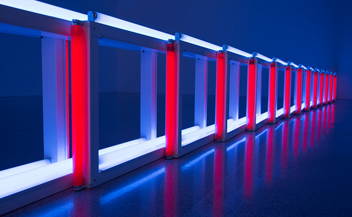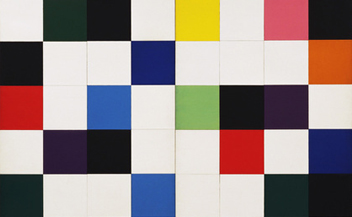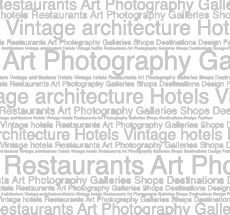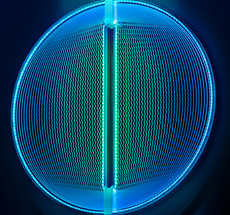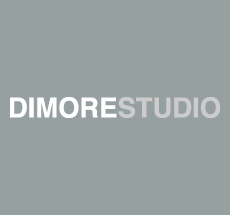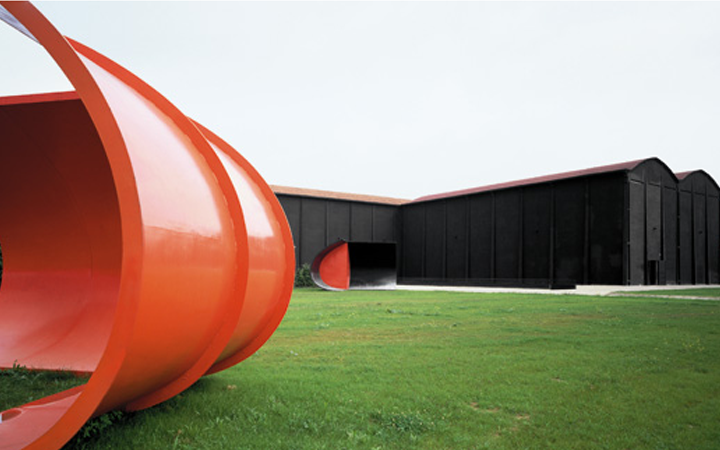
The Ex Seccatoi Tabacco in Città di Castello since 1990 host a permanent collection of works by Alberto Burri. The museum that completes the exposure of Plazzo Albizzini includes about 130 works by the master made between 1948 and 1989.
Alberto Burri is the Italian artist and painter who, along with Lucio Fontana, has contributed most to technical and formal innovation in the international art scene of the twentieth century. His works are all inspired by an abstract language that concedes nothing to the classic figurative sense.Above: Outside Ex Seccatoi Tabacco . “Grande Ferro Sestante” e “Grande Ferro K” . 1982

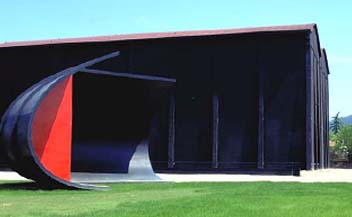
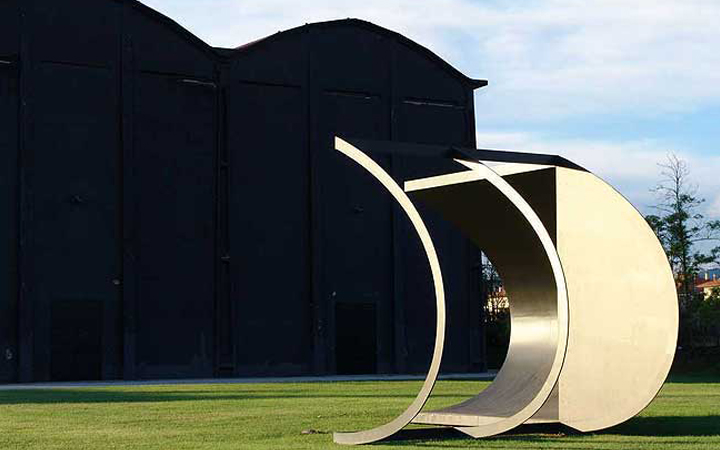
The first series of the artist to draw the attention of international critics bear the titles "Muffa" and "Catrame". The painting is "thickened", it becomes organic agglomeration in which tar, sand, PVA glue and mud seem to come to life in a kind of rawness that does not exclude the elegance and refinement of tonal relationships.
Below left: view of the Master's study
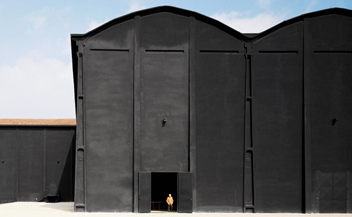
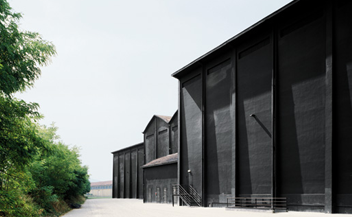
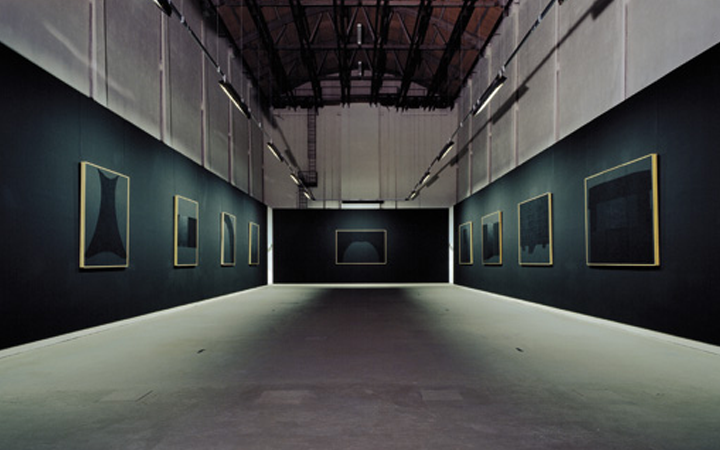
Above: Hall L. "Grandi Neri" . 1988-1990

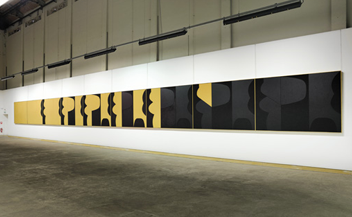
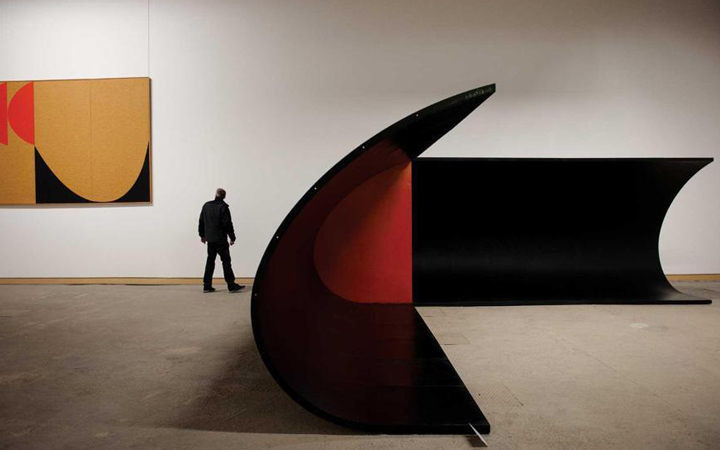
In 1950 comes a new series: "Sacchi". Black, red and white give rise to marked contrasts or live alone, but they are always used by Burri to emphasize the rips and tears that are inflicted on the supports in jute. The 60s are instead characterized by "Le Plastiche" and represent a period of aggression against the subject of the artist, who throughout his career is the means by which externalize feelings and moods.
Above left: “Rosso plastica” . 1964
Below right: “Sacco 5P” . 1953
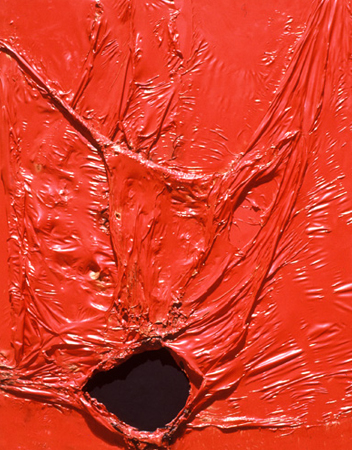
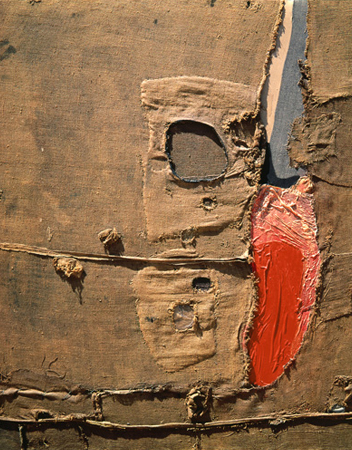
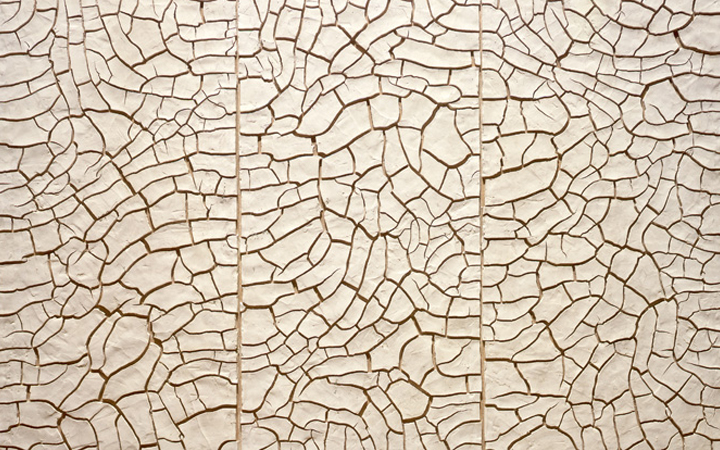
The importance of "Le Plastiche" is also in breakthrough that this series is for the artist. Burri abandons the subjects 'humble' to get closer to technological and industrial materials that mark the resumption of the Second World War. Subsequently gives rise to the "Cretti" and "Cellotex" in which the cracks are no longer wounds but become reasoned drawings in pale and refined tones.
Above: “Il viaggio N. 4” . 1979
Above: “Il viaggio N. 4” . 1979
TO THE
TOP


